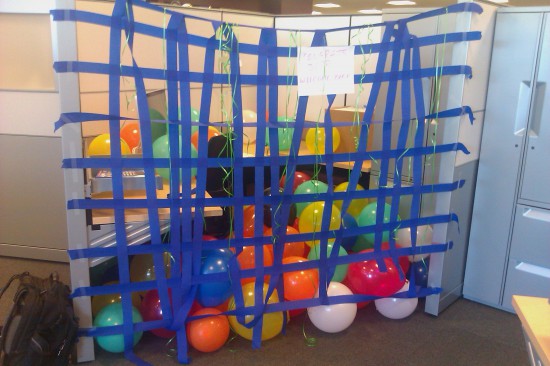I used to post about techno-gear fairly frequently, but I’ve tailed off, largely because since I began to work at Apple it would be easy to accuse me of homerism.
Today, as I was preparing to leave work, I got a message from the Official Sweetie of Muddled Ramblings and Half-Baked Ideas, asking for a friend about the Mac Studio Cube. That was how I learned about the new hardware my company announced today. Maybe I should have watched that presentation. At any rate, do not waste your time coming to me for any inside information.
The word “cube” immediately conjured images of the original Mac Cube, one of which sits, in its metal-wrapped-in-polycarbonate elegance on a shelf in the Muddled HQ compound.
The new Cube not as pretty, even if it is more recycled (100% of rare earth metals are recycled), but that’s not what got my attention. This little computer is a fuckin’ beast.
Not that long ago, Apple bailed on Intel and started making their own chips. The first generation of the M1 processor was a ground-breaker. Fast and incredibly power-efficient. The reason turns out to be pretty simple: a lot of power and speed is lost to the places the disparate chips in your computer talk to each other. The answer: put everything on one chip. Processor cores, memory, GPU, I/O, and all the rest. The result is much faster computers that use a lot less power.
Apple has rapidly expanded the line of processors—literally. The name “M1 Max” is not just an empty marketing name, the chip is literally the biggest single chip that can be made in quantity with current technology. To extend this idea any further, you either have to improve the silicon die technology to make bigger chips (which obviously everyone is doing), or you have to incur the cost of having separate chips talking to each other.
But what if you built your chip so that you should just sorta… glue it to another one? Today we heard about the M1 Ultra, a gigantic chip that is literally two times maximum. And the connection between the chips is so efficient that the scaling is almost linear.
It has been a long time since I followed the chip-fabrication press; back around 1986 they were still talking about optical computing (using lasers for logic gates to get to extremely high clock rates), and gallium arsenide was still the next big thing. Remember gallium arsenide? Of course you don’t. It was not the next big thing.
Which means while I have an interest in this stuff, I have no idea whatsoever whether anyone at Intel or AMD did a spit-take when Apple announced the M1 Ultra today. Probably not, unless it was the speed at which Apple brought the idea to market.
I wonder, honestly, if Intel is even able to compete here. System-on-a-Chip (SoC) constrains versatility; if your chip has to work in many places, it can’t optimize for any.
But I raise my glass tonight to the silicon people at Apple. They are punching the rest of the industry in the face right now. Maybe I’m a homer, but what they have done speaks for itself.


